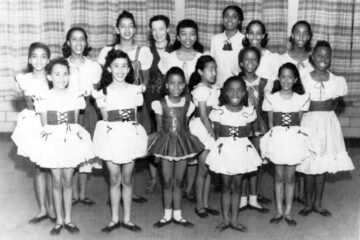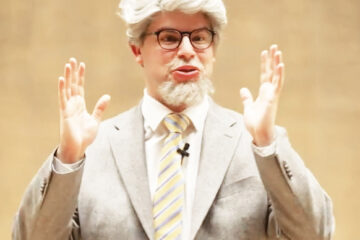Ken Burns’ The U.S. and the Holocaust – a study of tribalism
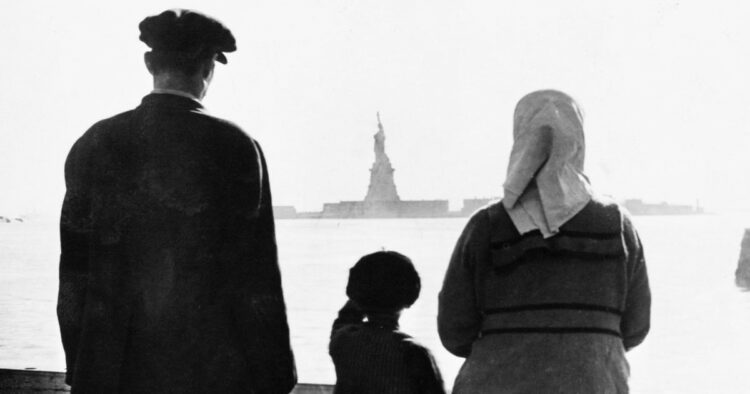
A three-part, six-hour PBS series directed by Ken Burns, Lynn Novick & Sarah Botstein
Review By Martin Gottlieb, Special To The Dayton Jewish Observer
The Ken Burns operation now tells the American angle of the Holocaust: The U.S. and the Holocaust, to be aired on PBS in September in three two-hour episodes. Major aspects of the story have been told before, but never in a project with the reach of a Burns effort. As in previous projects, Burns relies on the work of historians rather than emphasizing new discoveries. To make the point, he involves historians deeply in his presentations. One of the major works he relies on this time — one that is of special interest — is more recent.
The general view Burns presents is widely if not universally embraced among historians who have done book-length works on America in the Holocaust. But if there is a limit to what will be new to the well-informed, there is much to be said for reaching Burns’ general audience.
Anybody who knows about the Holocaust must wonder about the question “Where were the Allies?” How could this long-term horror have happened despite the people we think of as the good guys, not to mention that the good guys had the power necessary to win the war? Where was that power? This is too big a question to be left to historical seminars. It goes to what Americans think about their own country.
The new scholarship mentioned above is Rebecca Erbelding’s Rescue Board: The Untold Story of America’s Efforts to Save the Jews of Europe (2018). The author, associated with the U.S. Holocaust Memorial Museum in Washington, asks us to embrace four somewhat conflicting truths at the same time: 1. American and Western efforts to prevent or minimize the Holocaust were, in the big picture, pathetic. 2. There are some reasons that ameliorate the case against the Allied authorities. 3. This doesn’t mean nobody did anything. Thousands of lives were actually saved through Allied (and neutral) efforts. But, 4., it was very difficult.
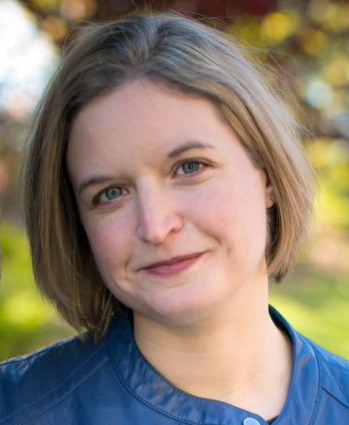
The Rescue Board didn’t get going until 1943, by which time the six million figure had been two-thirds reached. In ’43, the death tolls were rising more slowly in part because so many people were already dead.
Burns goes back earlier, of course. The first of his three episodes focuses much on the effort of Germans to escape Hitler in the 1930s. The American angle is ugly. After the decades following massive European immigration around the turn of the century, this country had turned against immigration in the 1920s, enacting significant quotas. In the ‘30s, the politicians — with good reason — saw the public as still insistent on only small numbers allowed to get in. The people seeking exceptions to those quotas in the ‘30s were Jewish; that made flexibility all the harder to find. Antisemitism was rampant in powerful quarters, most especially the State Department, the center of the debate within the Franklin Roosevelt administration.
Looking back, the special tragedy is that the numbers of potential immigrants from Germany were manageable for a country of the geographic size of the U.S., in cooperation with other countries. If immigration doesn’t stand out as a magic solution for a problem involving six million people, what about for a population one twelfth that size? Germany didn’t have many more than a half million Jews when Hitler came to power. By the beginning of the war — but long before American involvement — Germany had only about 300,000.
But as those numbers suggest, Germany was not the heart of the Holocaust, at least in numbers of victims.
Hitler’s early policy was not to kill all the Jews in Germany. Gradually, however, the effort built to drive them out of Germany. When the war began, the Nazis adopted the same approach to Jews all over Europe. By that time, American policy on immigration was infected by the fear that the immigrants would include spies; so getting admitted to this country became all the harder.
The Nazis were having difficulty getting Jews out of Europe. So, author Erbelding points out in the series, they decided two years after the start of the war that the Jews should be killed.
This made 1942 a pivotal year. The Holocaust got into full swing quickly. But it wasn’t announced. People who knew about it or believed it was happening were having difficulty convincing others, including those in power. One survivor quoted in the series says that even as the horrors were happening, the victims couldn’t believe it themselves. It all seemed unimaginable, otherworldly, impossible. So how could others be expected to believe?
Burns charts who rejected the truth, who fought for it, and how it gradually spread. When Under Secretary of State Sumner Welles grasped that the unspeakable was true in late ‘42, he reported publicly that two million Jews had been killed. The actual number then was four million.

Even when the existence of the Holocaust was known, the U.S. response was limited. Roosevelt and his advisors believed all efforts must be bent toward winning the war as quickly as possible; that would benefit the most people. Major military rescue efforts – which would have been terribly difficult at any rate — could be a diversion.
And always, always, there was the concern that major American efforts made on behalf of Jews would weaken American public support for the war.
But that left a little room for maneuvering. In the story of the Erbelding book — a story worthy of a major motion picture — a group of people at the Treasury Department rose up against the antisemitism and caution at the State Department. The Treasury people worked for the only Jew in the cabinet, Henry Morgenthau Jr. He seems to have played the role of ultimate helper rather than creator of the effort.
What the Rescue Board did is a complicated story, partly because different people tried different things to help different Jewish groups. The story is summarized tightly in the Burns piece. At the heart is that some in this country knew of people in Europe who were trying desperately to help Jews, but needed money to do so.
One of the striking aspects of the story is that many crucial players were not government officials, but just people – and organizations – trying to do the right thing. The State Department was leery of sending them money, partly for fear the money would get into enemy hands.
The Treasury people — remember the name John Pehle, at least, a Christian lawyer from Nebraska; he deserves it — ultimately wangled some money and did their best to get it to the people who could do the most with it.
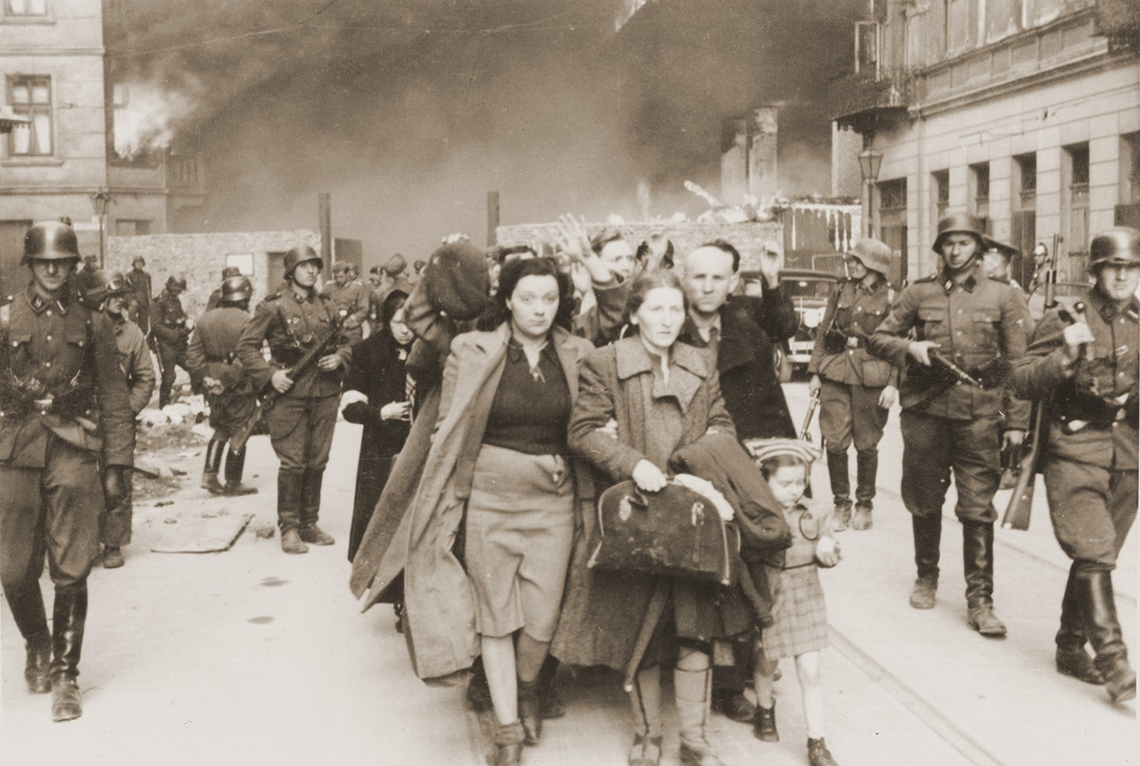
Nobody knows how many Jews were saved as the result of various efforts. Author Erbelding says “tens of thousands.” Famous Swedish rescuer Raoul Wallenberg was associated with the Rescue Board. One estimate has his efforts saving 120,000 lives.
The Burns documentary deals with other central questions involving Americans, including why Auschwitz wasn’t bombed, an option seriously considered.
One cannot watch this series these days without thinking about the people who want to restrain the teaching of American racial history because they fear the truth might make White people uncomfortable. The Burns project reminds us that discomfort lurks throughout history. It turns out the people of the past were just as flawed as we are.
Yet Burns doesn’t try to put the United States at the core of the Holocaust story. He doesn’t try to suggest that a preventative rested in the hands of Washington. The horror was Nazi Germany and its friends. It was such a sweeping, unthinkable horror that nobody else had any response at hand that would have done any more than help a little.
More lives might have been saved, but probably not millions more.

Ken Burns has come in for some criticism for past work. Some think a new attempt at telling the story of the American Civil War is in order. They say Burns’ very famous series focuses too little on the horrors of slavery and the importance of its role, and too much on the views of Shelby Foote, a historian suspected of some sympathy for the South.
But the Burns operation is a national treasure. It fosters among millions of Americans a sense of history, a feel for the past and its impact on the present, a feel they otherwise wouldn’t have.
Yes, similar information is available in books. But millions of Americans who have a certain curiosity and the intelligence to confront difficult subjects don’t have the patience to read all that much. The medium matters; some media reach some people, and some media reach others. The “others” are not necessarily doomed to ignorance about big subjects.
Not that watching the Holocaust series is easy. There is complexity, and it is the Holocaust, after all. I needed some breaks.
Like others who tell Holocaust stories, the Burns people seemed determined to find case histories that are not relentlessly tragic, stories in which somebody survives and somebody tries to do a good deed and doesn’t get killed for it. It’s difficult to do that and still convey what must be conveyed about the sweeping nature of the Holocaust calamity. But the effort is natural and worthwhile. And it ties us to survivors, the people who have the stories to tell.
In our time, race, ethnicity, and religion are dividers in politics around the world more than they have been through much of our lives. Conflict between ideologies is taking a back seat to conflicts between what might be called tribes.
So it’s a good time to focus on the Hitler era and the Nazi obsession with tribes, with the Nazi determination to understand and explain nearly everything in terms of good tribes and bad tribes. Even in this country, tribalism was powerful. It always has been, and that needs to be understood, discomforting or not.
Retired Dayton Daily News editorial writer Martin Gottlieb is the author of Lincoln’s Northern Nemesis: The War Opposition and Exile of Ohio’s Clement Vallandigham. He is also the advisor to The Dayton Jewish Observer.
The U.S. and the Holocaust, a three-part, six-hour PBS series, will have its initial broadcast via ThinkTV September 18-20.
PBS and the International Rescue Committee will also present a one-hour virtual conversation with Ken Burns at 7 p.m., Thursday, Sept. 8. Register at pbs.vye.live/ken-burns-september-8. The conversation will be made available for streaming.
To read the complete September 2022 Dayton Jewish Observer, click here.



